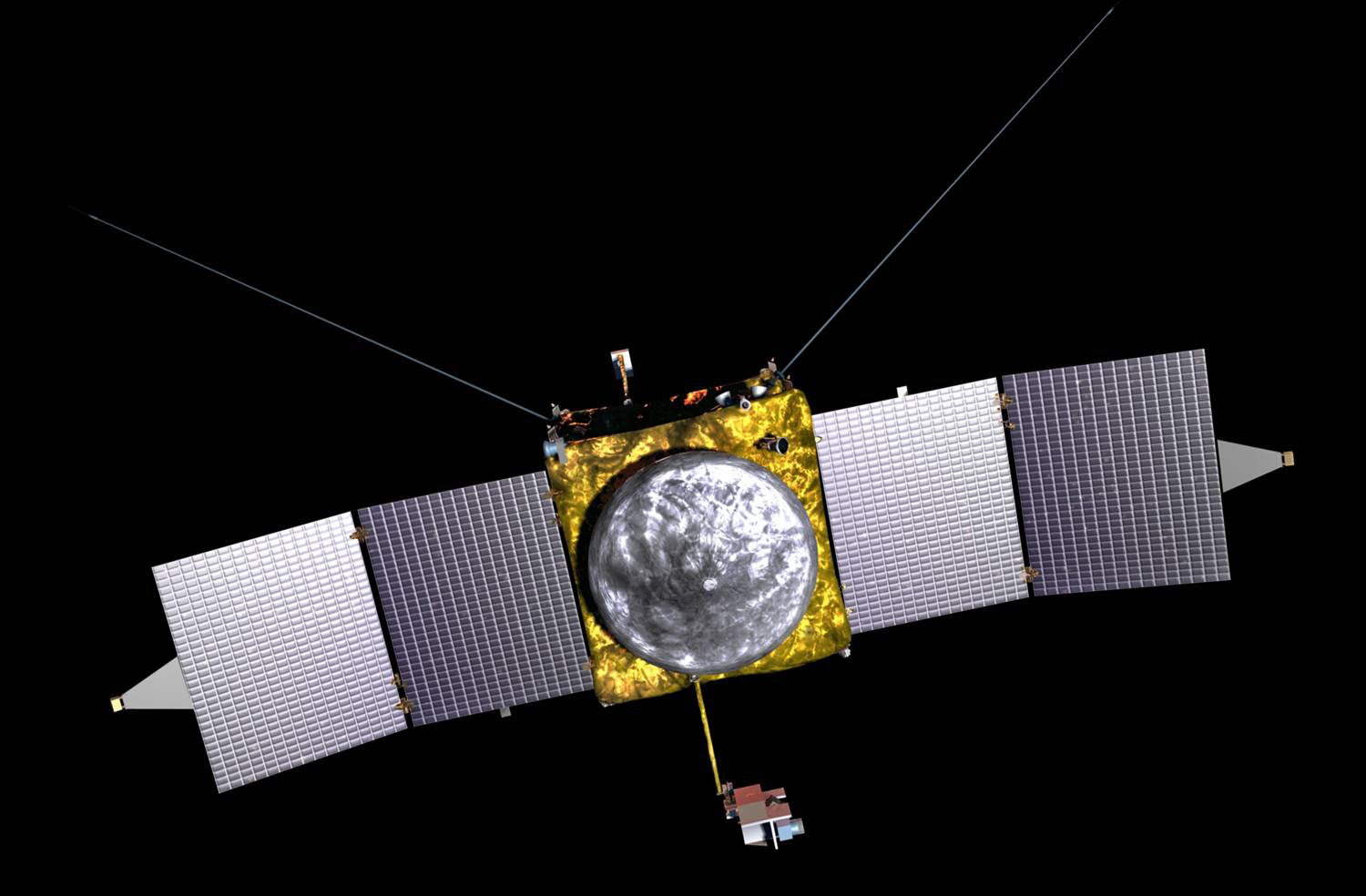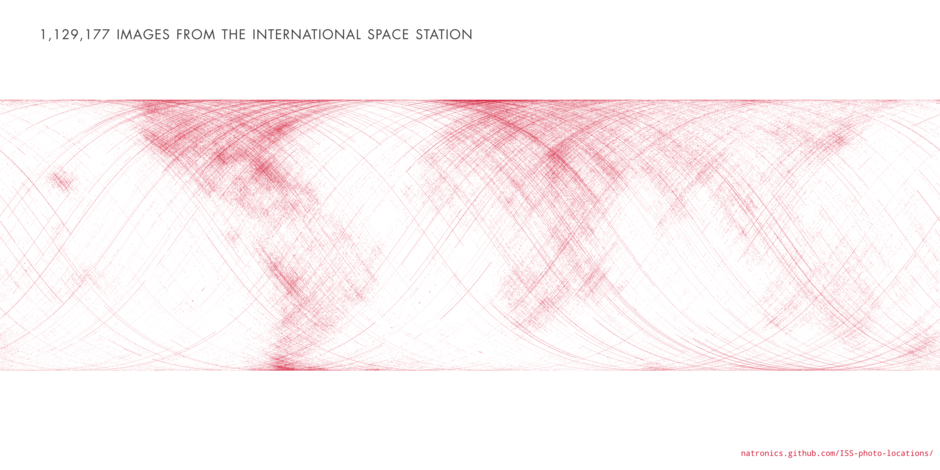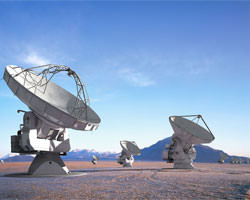Here’s a quick overview from Jane Houston Jones from JPL of what you can see in the night skies during April 2013. Of special interest is that Saturn’s north pole is now tilted towards Earth, giving us the best view of the rings since 2006.
The Man Who Sold The Moon … And Other ‘Lunarcy’
One man claims to own the moon. Another promises to create effective lunar habitats. And yet another, a former astronaut, paints pictures of its surface.
Lunarcy! is a movie that chronicles our obsession with the Moon. It’s currently making the rounds at independent theatres, but before long it will be easy to watch it on cable, or even Netflix and Amazon.
The film chronicles the efforts of half a dozen people working, in their own way, to bring the notion of regular Moon exploration closer to reality. There’s Alan Bean, the Apollo 12 moonwalker who now paints scenes of lunar exploration. Or Dennis Hope, who has staked a claim on the entire Moon and has sold plots to interested homesteaders.
At the story’s center, however, is an ordinary man called Christopher Carson who is convinced he could be the first person to colonize the Moon — if he could only obtain enough money. Director Simon Ennis follows his efforts to get funds and awareness, sprinkling the rest of the movie with other lunar-loving people.
Universe Today caught up with Ennis, who answered our questions by e-mail.
1) What was your aim with filming/presenting Lunarcy?
As with any film, the aim is to make something that is entertaining, informative and moving. Something that can capture people’s imagination in some way.
2) Why is the moon so attractive to the people in you interviewed?
They all had different reasons. Some want to live there, some are inspired by it, for Dennis Hope (the man who owns it), he saw a business opportunity. Others are interested in space exploration in general and the Moon seems the most practical first step. Apollo astronaut Alan Bean has been there, so his attraction should be obvious.
3) One of your greatest challenges must have been trying to present some of the characters — people such as Christopher Carson, who has been ignored in his belief that living on the moon is possible — in a way that helps the audience feel understanding for their cause. How did you try to do that?
I don’t think that was much of a challenge actually. I only included subjects in the film who I felt a very strong affinity for, whose goals, quests or projects were ones that caught my imagination and that I could get behind myself. Considering that I felt understanding for the “cause”, I figured that would naturally come through to the audience.
4) A minor theme in Lunarcy! is presenting the moon as a viable place to do business — selling plots of land or colonizing it, for example. We also have companies that are looking to mine asteroids. But often, these plans meet with ridicule, as Newt Gingrich discovered when he promised a moon base. What, in your view, will it take for off-earth private ventures such as these to succeed?
I think they will ultimately succeed when they become financially viable industries. For that to happen, I suspect that some of the billionaire space enthusiasts (e.g. [SpaceX‘s Elon] Musk, [Virgin Galactic’s Richard Branson, etc) will have to invest their own funds to get various projects going and to show that they’re not only possible but viable. So far SpaceX seems to be doing just this.
5) What else would you like to add?
Lunarcy! will premiere on EPIX on April 3 and will be available on Netflix and Amazon at the beginning of July.
MAVEN’s Magnetometer Will Look Back in Time
The next mission to the Red Planet, the Mars Atmosphere and Volatile Evolution (MAVEN) will be the first spacecraft ever to make direct measurements of the Martian atmosphere. MAVEN will carry eight science instruments, including a magnetometer that will investigate what remains of Mars’ magnetic “shield,” and will, in essence, help to look back in time at what may have happened to a planet once thought to have an abundance of liquid water but is now a frozen desert. The magnetometer will play a key role in studying the planet’s atmosphere and interactions with solar wind, helping answer the question of why Mars lost much of its atmosphere.
“The magnetometer helps us see where the atmosphere is protected by mini-magnetospheres and where it’s open to solar wind,” said Jack Connerney, a co-investigator for the mission. “We can study the solar wind impact and how efficient it is at stripping the atmosphere.”
By measuring sections of the planet’s magnetic field, the magnetometer could help scientists create a bigger picture of the planet’s overall atmosphere.
MAVEN is the first mission to Mars specifically designed to help scientists understand the past – and also the ongoing — escape of CO2 and other gases into space. MAVEN will orbit Mars for at least one Earth-year, about a half of a Martian year. MAVEN will provide information on how and how fast atmospheric gases are being lost to space today, and infer from those detailed studies what happened in the past.
Studying how the Martian atmosphere was lost to space can reveal clues about the impact that change had on the Martian climate, geologic, and geochemical conditions over time, all of which are important in understanding whether Mars had an environment able to support life.
MAVEN is scheduled to launch in 2013, with a launch window from Nov. 18 to Dec 7, 2013. Mars Orbit Insertion will be in mid-September2014.
Find out more about MAVEN at the mission website.
Astronaut Photos Create a Map of the World
If you could spend a few months — or even a few days — living aboard the ISS, what would you take pictures of? Earth, most likely, with your favorite landforms and your family’s and friends’ hometowns ranking high on the list. After a while, I’m sure plenty of other Earthly features would become photo targets — weather, aurorae, world cities at night, etc. — but ultimately, over the course of your stay in orbit, you would be able to see a trend in the pictures you take, and where you took them.
And over the span of 35 missions across more than 12 years, the graph above shows the trend of all the astronauts’ pictures. Look familiar?

Created by open-source NASA data aficionado Nate Bergey, the image above is a map made up of over a million points (1,129,177, to be exact) each representing the global coordinates of an JSC-archived photograph taken from the ISS.
Clearly the continents are astronauts’ favored photo subjects, with the populous urban areas of North America, Europe, Egypt and the Middle East, as well as the western and southern coasts of South America standing out.
“This makes sense, photos of clouds over an otherwise blank ocean get old after a while,” Nate Bergey wrote on his blog, open.nasa.gov. “I’m sure every astronaut has taken at least one photograph of the town they grew up in.”
Of course, the map doesn’t create an image of the entire globe. This is because the points denote actual over-ground coordinates of the Station (not necessarily what the photos themselves are of) and “the ISS stays between about 50° and -50° latitude as it orbits the Earth,” as noted by Bergey.
A map of the world with the points overlaid onto it, color-coded by mission, shows the difference:
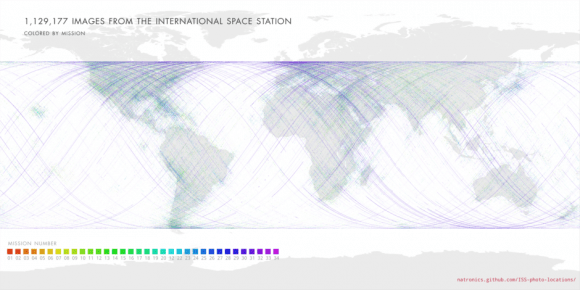
Bergey also notes the proliferation of purple-colored dots… these indicate the hundreds of images taken by NASA astronaut Don Pettit during Expedition 30/31, when he created incredible time-lapse videos of the Earth from the ISS.

With such a unique and lofty perspective of our world, it’s no wonder that astronauts spend so much time snapping photos — I can’t say I’d be able to tear myself away from the window myself! Read more about Nate Bergey’s project and how he created his map on his open.NASA blog here.
Astrophoto: Jungle Sunset
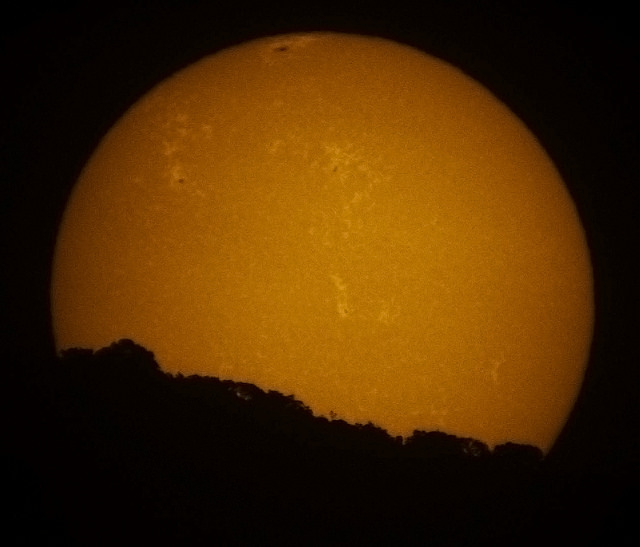
They say that perspective is everything. In this case perspective and filters are what makes this such a great astrophoto! We’ve been following Joseph Brimacombe’s astrophotography for years, and have come to appreciate his ‘perspective!” This great zoom shot of the setting Sun was taken on March 31, 2013 using a calcium K-line Filter, using a a 60 mm Lunt CaK Solar Telescope at F/8.3 and a Skynyx 2-2 camera. It’s a single shot, but below, you can watch a negative version of the Sun sink below the horizon in a video of 1,350 frames shown at double speed.
Jungle Sunset Calcium K-line Filter: Long Video – March 31, 2013 from Joseph Brimacombe on Vimeo.
Want to get your astrophoto featured on Universe Today? Join our Flickr group or send us your images by email (this means you’re giving us permission to post them). Please explain what’s in the picture, when you took it, the equipment you used, etc.
How to Reconstruct the Life of a Star
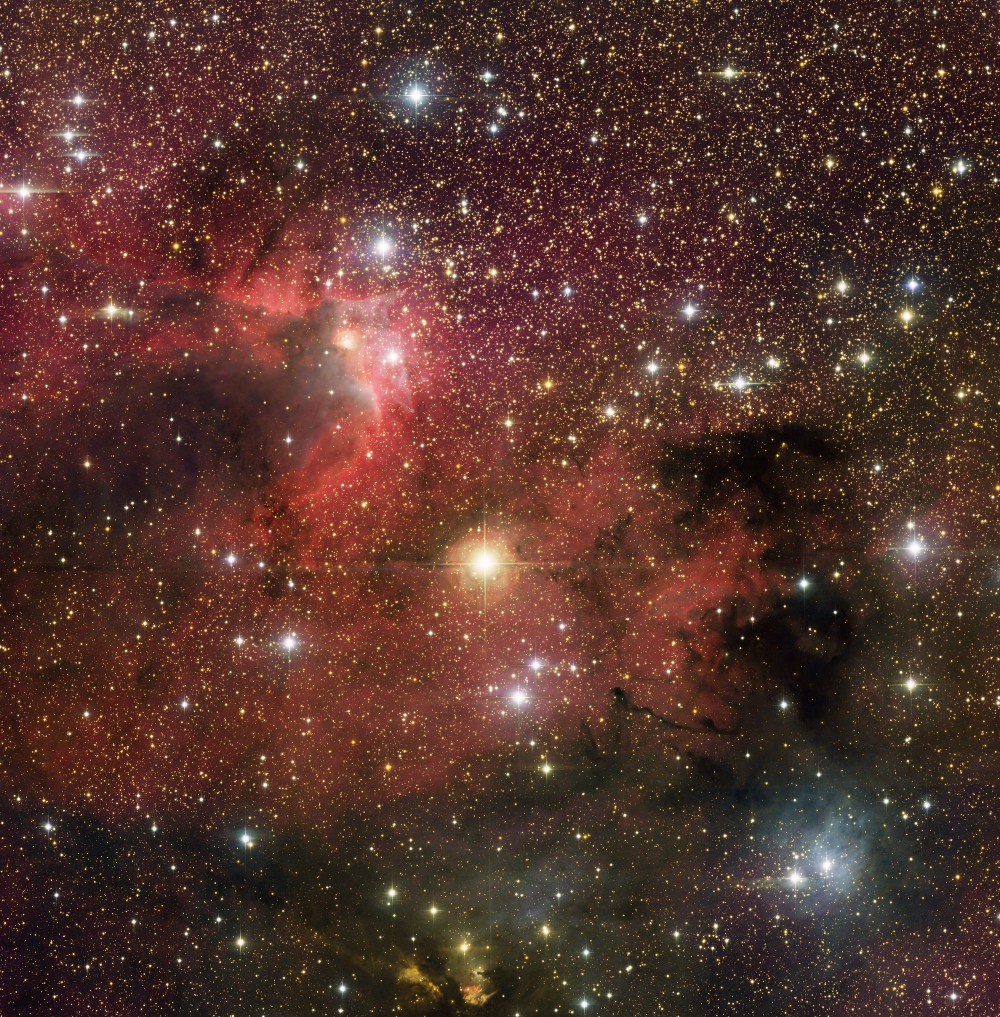
It takes time to understand the life of stars. A star like our Sun takes tens of millions of years to form, and so much like archeologists who reconstruct ancient cities from shards of debris strewn over time, astronomers must reconstruct the birth process of stars indirectly, by observing stars in different stages of the process and inferring the changes that take place.
One of the best places to study the lives of stars is in star clusters. These regions that are rich with young stars provide astronomers much information that is relevant to the study of stars in general, but within a cluster, stars can form during a wide range of time, as a new study of the star cluster named Cep OB3b has shown.
“By studying nearby massive young clusters like Cep OB3b, we can gain a greater understanding of the environments out of which planets form,” said Thomas Allen from the University of Toledo, who is one of the authors of the new paper.
Located in the northern constellation of Cepheus, CepOB3b is similar in some ways to the famous cluster found in the Orion Nebula. But unlike the Orion Nebula, there is relatively little dust and gas obscuring our view of Cep OB3b. Its massive, hot stars have blown out cavities in the gaseous cloud with their intense ultraviolet radiation which mercilessly destroys everything in its path. Cep OB3b may show us what the Orion Nebular Cluster will look like in the future.
Allen and an international team of astronomers have found that the total number of young stars in the cluster is as high as 3,000. Infrared observations of the stars from the NASA Spitzer satellite show about 1,000 stars that are surrounded by disks of gas and dust from which solar systems may form. As the stars age, the disks disappear as the dust and gas get converted into planets or are dispersed into space.
But these observations pointed to a new mystery. Although the stars in Cep OB3b are thought to be about three million years old, in some parts of the cluster most of the stars had lost their disks, suggesting that the stars in those parts were older. This suggests that the cluster is surrounded by older stars, potential relics of previous clusters that have since expanded and dispersed.
To search for evidence for these relic clusters, Allen used the Mosaic camera on the 0.9 meter telescope at Kitt Peak National Observatory to observe wide field images of CepOB3b. These images show hot gas and its interaction with the stars and permit the team to study a curious cavity in the gas for evidence of older, yet still juvenile, stars that have lost their disks of gas and dust.
With these data, the team is searching for the previous generations of star formation in the region surrounding Cep OB3b, and piecing together the history of star formation in this magnificent region. When finished, this may provide clues how previous generations may have influenced the current generation of stars and planets forming in Cep OB3b.
Source:NOAO
Comet Lemmon: A Preview Guide for April
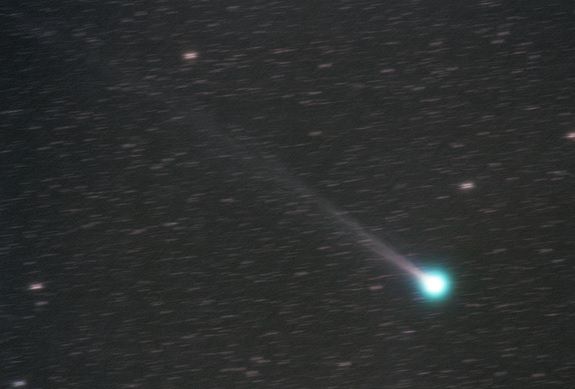
As Comet 2011 L4 PanSTARRS moves out of the inner solar system, we’ve got another comet coming into view this month for northern hemisphere observers.
Comet C/2012 F6 Lemmon is set to become a binocular object low to the southeast at dawn for low northern latitudes in the first week of April. And no, this isn’t an April Fools’ Day hoax, despite the comet’s name. Comet Lemmon (with two m’s) was discovered by the Mount Lemmon Sky Survey (MLSS) based outside of Tucson, Arizona on March 23, 2012. MLSS is part of the Catalina Sky Survey which searches for Near Earth Asteroids. We’ve got another comet coming into view this month for northern hemisphere observers as Comet 2011 L4 PanSTARRS moves out of the inner solar system.
The comet is on an extremely long elliptical orbit, with a period of over 11,000 years. Comet Lemmon just passed perihelion at 0.74 astronomical units from the Sun on March 24th.
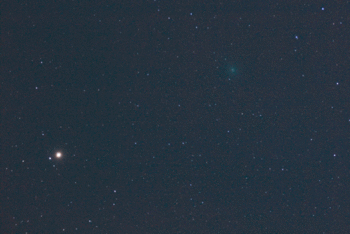
Southern hemisphere observers have been getting some great views of Comet Lemmon since the beginning of this year. It passed only three degrees from the south celestial pole on February 5th, and since that time has been racing up the “0 Hour” line in right ascension. If that location sounds familiar, that’s because another notable comet, 2011 L4 PanSTARRS has been doing the same. In fact, astrophotographers in the southern hemisphere were able to catch both comets in the same field of view last month.
Another celestial body occupies 0 Hour neighborhood this time of year. The Sun just passed the vernal equinox marking the start of Spring in the northern hemisphere and Fall in the southern on March 19th.
And like PanSTARRS, Comet Lemmon has a very steep orbit inclined 82.6° relative to the ecliptic.
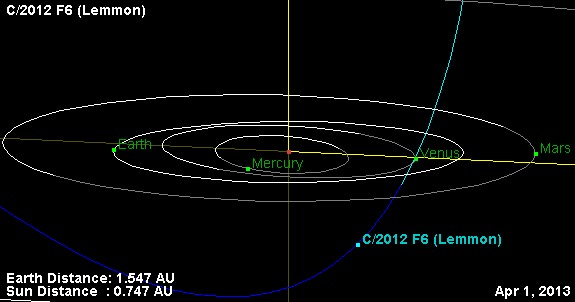
Comet Lemmon broke naked-eye visibility reaching +6th magnitude in late February and has thus far closely matched expectations. Current reports place it at magnitude +4 to +5 as it crosses northward through the constellation Cetus. Predictions place the maximum post-perihelion brightness between magnitudes +3 and +5 in early April, and thus far, Comet Lemmon seems to be performing right down the middle of this range.
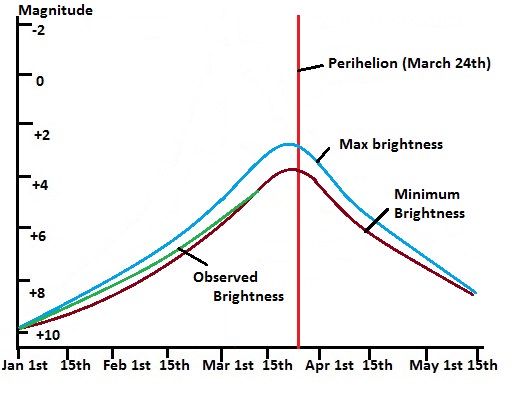
Southern observers have caught a diffuse greenish 30” in diameter nucleus on time exposures accompanied by a short, spikey tail. Keep in mind, the quoted brightness of a comet is extended over its entire surface area. Thus, while a +4th magnitude star may be easily visible in the dawn, a 3rd or even 2nd magnitude comet may be invisible to the unaided eye. Anyone who attempted to spot Comet PanSTARRS in the dusk last month knows how notoriously fickle it actually was. Binoculars are your friend in this endeavor. Begin slowly sweeping the southeast horizon about an hour before local sunrise looking for a fuzzy “star” that refuses to reach focus. Comet Lemmon will get progressively easier in the dawn sky for latitudes successively farther north as the month of April progresses.
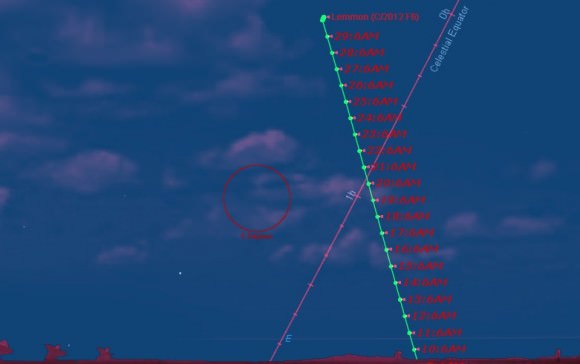
Comet Lemmon will continue to gain elevation as it crosses from Cetus into the constellation Pisces on April 13th. An interesting grouping occurs as the planet Mercury passes only a few degrees from the comet from April 15th to April 17th. Having just past greatest elongation on March 31st, Mercury will shine at magnitude -0.1 and make a good guide to locate the comet in brightening dawn skies. The pair is joined by the waning crescent Moon on the mornings of April 7th and 8th which may also provide for the first sighting opportunities from low north latitudes around these dates.
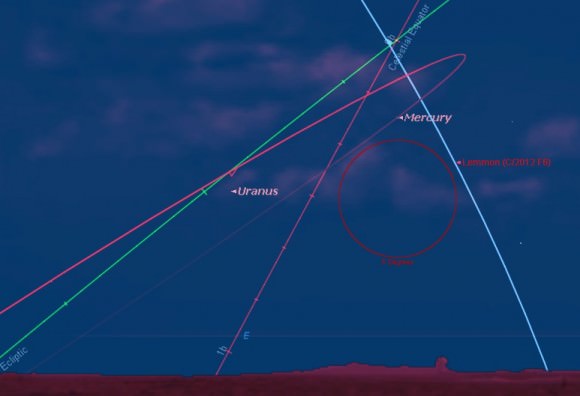
The Moon reaches New phase on Wednesday, April 10th at 5:35AM EDT/9:35 UT. It will be out of the morning sky for the next couple of weeks until it reaches Full on April 25th, at which point it will undergo the first eclipse of 2013, a very shallow partial. (More on that later this month!)
Comet Lemmon will then slide across the celestial equator on April 20th and cross the plane of the ecliptic on April 22nd as it heads up into the constellation Andromeda in mid-May. We’re expecting Comet Lemmon to be a fine binocular object for late April, but perhaps not as widely observed due to its morning position as PanSTARRS was in the dusk.
By mid-May, Comet Lemmon will have dipped back down below +6th magnitude and faded out of interest to all but a few deep sky enthusiasts. Comet Lemmon will pass within 10° of the north celestial pole on August 9th, headed back out into the icy depths of the solar system not to return for another 11,000-odd years.
It’s interesting to see how these two springtime comets will effect observers expectations for the passage of Comet C/2012 S1 ISON. Will this in fact be the touted “Comet of the Century?” Much hinges on whether ISON survives its November 28th perihelion only 1,166,000 kilometers from the center of our Sun (that’s 0.68 solar-radii or about 3 times the Earth-Moon distance from the surface of the Sun). If so, we could be in for a fine “Christmas Comet” rivaling the passage of Comet Lovejoy in late 2011. On the other hand, a disintegration of Comet ISON would be more akin to the fizzle of Comet Elenin earlier in 2011.
In the meantime, enjoy Comet Lemmon as an Act 2 in the 2013 Three Act “Year of the Comet!”
Stunning Vistas: Comet PANSTARRS Meets the Aurora
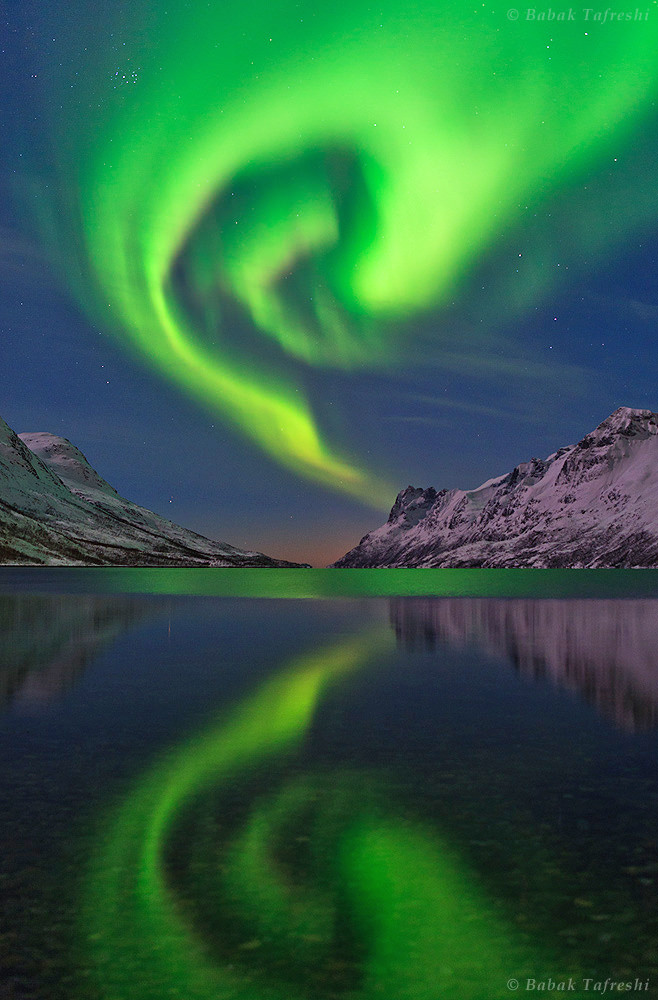
I’m completely envious of this view! Not only is there a stunning winter vista of mountains and a fjord near Tromso, Norway, but in the peaceful evening twilight, Comet PanSTARRS (C/2011 L4) shows up. To top off the view, a sudden burst of aurora borealis makes an appearance! This view was captured by Babak Tafreshi on March 20, 2013.
See some of his stunning images below:
Click on each of the images for a larger view at Tafreshi’s website.
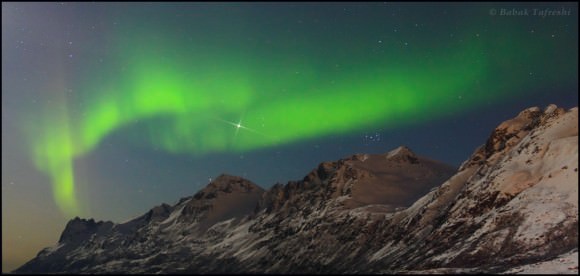
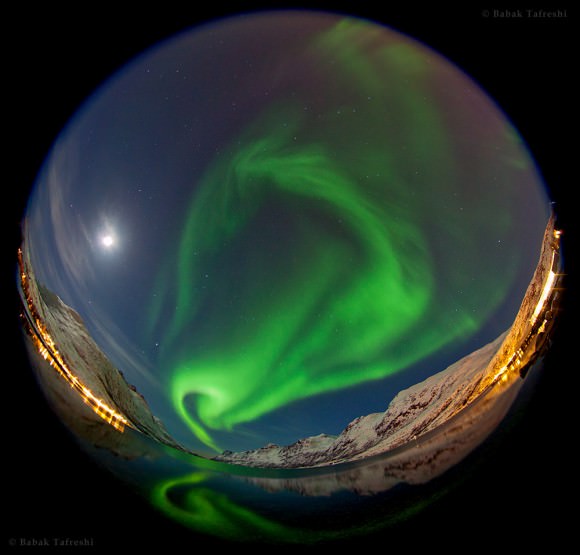
A Radio Astronomer’s Paradise
Last month a dozen journalists from around North America were guests of the National Radio Astronomy Observatory and got to take a trip to the Atacama Desert in Chile to attend the inauguration of the Atacama Large Millimeter/submillimeter Array observatory — ALMA, for short.
It was, in no uncertain terms, a radio astronomer’s paradise.
Join one radio astronomer, Dr. Nicole Gugliucci, on her trip to the 5100-meter-high Chajnantor Plateau to visit the ALMA sites in this video, also featuring NRAO’s Tania Burchell, John Stoke, Charles Blue and the Planetary Society’s Mat Kaplan.
Read about this and more on Nicole’s NoisyAstronomer blog.
ALMA will open a new window on celestial origins, capturing never-before seen details about the very first stars and galaxies in the Universe, probing the heart of our galaxy, and directly imaging the formation of planets. It is the largest leap in telescope technology since Galileo first aimed a lens on the Universe.
Carnival of Space #295
This week’s Carnival of Space is hosted by Peter Lake (a.k.a AstroSwanny) at his AARTScope blog
Click here to read Carnival of Space #295.
And if you’re interested in looking back, here’s an archive to all the past Carnivals of Space. If you’ve got a space-related blog, you should really join the carnival. Just email an entry to [email protected], and the next host will link to it. It will help get awareness out there about your writing, help you meet others in the space community – and community is what blogging is all about. And if you really want to help out, sign up to be a host. Send an email to the above address.


